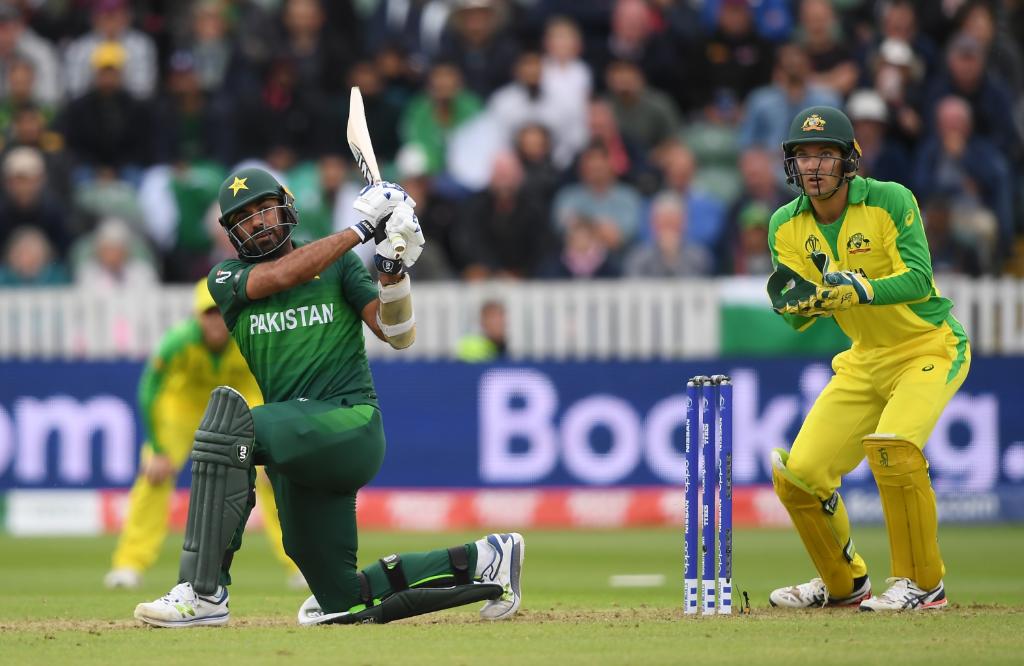Understanding dynamics of Net Run Rate Calculation in Cricket
If points remain levelled, then Net Run Rate (NRR) becomes the next tie-breaker in multi-team tournaments, the most popular one at that. However, while it seems like a complex calculation, which can only be done by talented mathematicians, in reality, it is actually the opposite.

Take the 2019 World Cup for example. A tournament, which was heavily affected by rain, with the points being split on more than one occasion, it needed the NRR to determine the last place for the semi-finals. New Zealand scampered through, while Pakistan left dejected, leaving some fans spilling venom on the rule that was followed. Was it because of the complex numbers that flash on the screen when we search for the Net Run Rate of a particular team in a particular tournament? Might be. So I will go on to simplify the details here.
What is Net Run Rate?
In simple words, the Net Run Rate (NRR) for a particular match is the subtraction value of the average runs a team scores in one over to the average runs per over that is scored against them. In a tournament, that just gets extended to find the value.
However, one thing that must be remembered is that individual NRRs for each can’t be added to find the average point in order to know the NRR of a particular team in the course of the tournament. The raw values need to be kept aside to find the real value of NRR. The value of the NRR can either be positive or negative in its value. If the team is scoring faster than its opposition overall, they will have a positive NRR while a negative NRR is exactly the opposite of that.
Understanding NRR with example
Let’s assume, India have scored 350 runs in 50 overs against Australia, then the Run Rate for India in that game is 350/50 =7. Chasing 351, Australia supposedly achieved it in 45 overs. So their RR would be 351/45 = 7.8, which is 0.8 more than India’s. In that scenario, the NRR would be 7.8-7.0=0.8 that is written as +0.8.
Exceptions to this rule
It must be remembered that if a team is bowled out before finishing their quota of overs, then calculations will use the full quota of overs to which the team was entitled, which was one of the reasons individual NRRs don’t add to give a tournament value. Also, the abandoned matches are not taken into consideration for the NRR calculation but if the result is achieved under DLS formula, then the first team will be accredited with the second team's Par Score on abandonment off the same number of overs faced by the second team. However, the scenario differs when DLS is applied at an earlier point in the match. In such a case, the first team will be given an accreditation worth a run less than the final score for the second team from the total number of overs allocated to the latter.
Criticisms to this rule
Although Net Run Rate is an effective formula to find the balance and is widely accepted, it is not devoid of criticism. For example, the NRR doesn’t take into account the wickets lost as a parameter, while having only overs as the major thing. That often resulted in a narrow victory producing a higher NRR than a comfortable victory, for which experts have suggested using the Duckworth−Lewis method to predict how many runs a successfully chasing team would have scored with a full innings to calculate the NRR.
There has also been an incident of teams manipulating NRR to get an advantage, as was the case in the 1999 World Cup match between Australia and West Indies. In that game, a win would have sufficed Australia to get a place in the Super Six but they wanted to get rid of New Zealand for which they wanted West Indies to qualify with them as well. Australia reduced their scoring rate, which also reduced their margin of victory, and the West Indies managed to better their NRR.
It has also been suggested that the head-to-head record or staging a play-off match would do well to level the playing field. However, as of now, NRR has become a very regular fixture in all tournaments and doesn’t seem to be changing anytime soon.

Comments
Sign up or log in to your account to leave comments and reactions
0 Comments